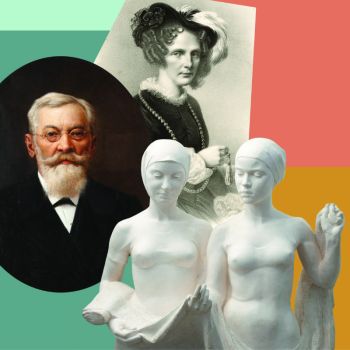Exhibition "Pattern Matrix"
Event overview
The Narva Museum, in collaboration with the Fashion Design Department of the Estonian Academy of Arts, has begun working with the textile heritage of the legendary Kreenholm Manufactory. The first results of this collaboration can be seen at the exhibition "Pattern Matrix" in the Narva Castle.
.jpeg)
The Narva Museum's collections include the Kreenholm textile collection, which contains over 14,000 samples of fabrics once produced by this grand enterprise. Undoubtedly, Kreenholm left a significant mark not only on the history of Narva but also influenced the formation of the entire Estonian design landscape.
Kreenholm was phenomenal because it produced patterned fabrics on such a large scale, and these were marketed throughout the Soviet Union and beyond. Thousands of people were involved in the fabric production and design process. An international team of designers from across the Soviet Union worked here, including many renowned Estonian textile designers from outside the company.
As part of the project "Preservation, Research, and Popularization of Kreenholm's Textile Heritage," a creative trip was organized for first-year students of the Estonian Academy of Arts. The young designers studied Kreenholm fabrics before creating their first fashion design project – a patterned shirt-dress. Through this project, students learned the principles of fashion collection and fabric print design, as well as the creation of print patterns.
Under the guidance of textile artist Piret Valk, they also mastered dozens of different screen printing techniques and eventually printed their own fabric and sewed one model from it.
At the beginning of the research trip to Narva, the students' goal was to draw inspiration from the Kreenholm archives, its architecture, and the city of Narva in general. Each student found something surprising and inspiring.
The patterns of Kreenholm are still well remembered by people, and seeing many popular patterns evokes positive emotions and joyful recognition among different generations. Kreenholm fabrics and home textiles are still present and in use in many homes today. Since sustainability and environmental friendliness are important to young people in fashion, many try to use recycled clothes and create something new from them.
Supporters: Estonian Cultural Endowment, Ida-Virumaa Expert Group, Narva Museum Foundation, Estonian Academy of Arts, Narva Art Residency
Participating students: Allan Suomalainen, Mihhail Zaytsev, Linda Teemägi, Helen Tambla, Roosi Mändmaa, Tereza Blakhova (Erasmus student from the Czech Republic), Alyona Movlo-Mägi (MA student)
Course instructors for the patterned shirt-dress project: Anu Samarüütel-Long, Piret Valk, Agne Talu



